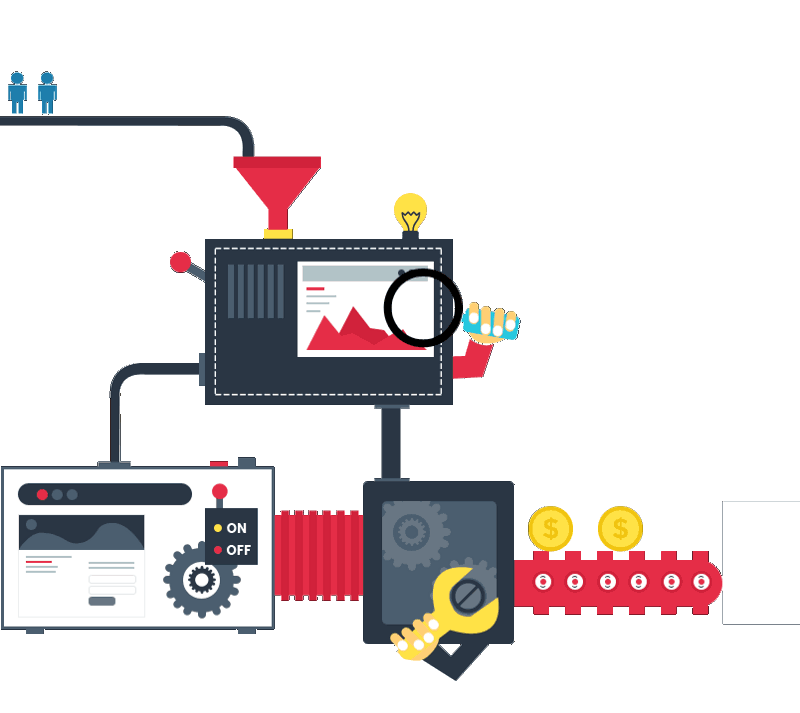
Moving from Symfony 1.4 to Symfony 2 – The Most Important Differences
While many would argue that there is quite a great difference between Symfony 1.4 and the 2nd version of the framework, opinions generally vary, depending on the preference that various developers have regarding their coding style, and the types of applications they mostly work on.
Letzgro uses both versions of this versatile framework, as we have started out with version 1.4, and later started providing web solutions based on the Symfony 2 framework, as well. While the change hasn’t been too substantial, this is a good example of how a web development company has to keep up with the progress of the IT world.
The Differences between the Two Technologies
[announce]
When it comes to selecting a viable tool for your web applications, choosing between Symfony 1.4 or 2, is not an easy decision. Many would argue that it really depends on the situation, as, for some applications, Symfony 1.4 development is still appropriate, and if a developer is not yet used to working with Symfony 2, there is no reason to upgrade yet.
Nevertheless, in terms of providing web applications with better functionality, there are some assets that are totally indispensable, and as a result, the use of Symfony 2 would be a much better option from a general point of view.
The main asset of Symfony 2, when compared with Symfony 1.4, as well as with various other PHP frameworks, is that it is faster. Many of the components have been improved to a certain extent for the development of this newer version, and it is not uncommon to see a noteworthy difference between applications developed using the two versions of the framework, particularly in the case of those websites that tend to use up a lot of resources.
Also, the code is somewhat cleaner and easier to access and work with, and it is not hard for an experienced Symfony 1.4 developer to notice that the new version fixes some of the weaker designs. Again, this does not mean that the 1.4 version cannot be used anymore, but simply points to the fact that technology is constantly making new progress and it may be a sign that it is time to move forward.
Keep Moving Forward
Regardless of the implications, our company will always strive to determine whether or not the use of a newer technology is required, just as we have done in the transition from Symfony 1.4 to Symfony 2.
Even though there don’t seem to be too many differences between these two versions, the use of Symfony 2 has proven to offer a somewhat greater flexibility and speed to our web developing tasks.
As you can see, therefore, it is incredibly important to keep up with the times when it comes to creating high-quality web applications that are able to compete with some of the most advanced web solutions on the market.
While there is nothing wrong in continuing to use Symfony 1.4 as your main framework for creating web-based architectures, the overall differences can still tip the balance to a certain extent when it comes to determining which company can provide the most advanced and versatile solutions.


